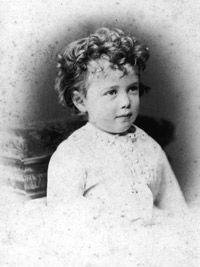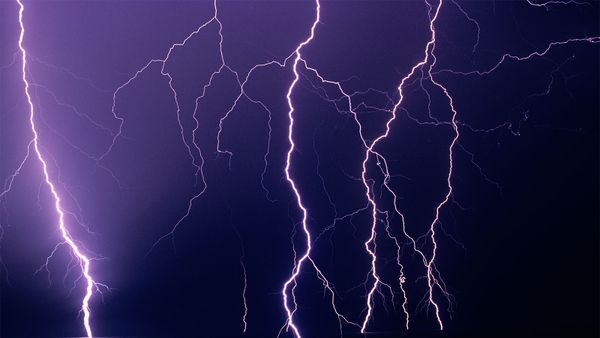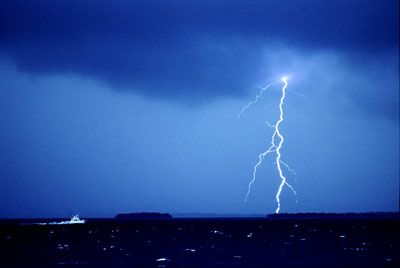
When you shuffle around in your fuzzy socks and zap yourself on a doorknob, you've just experienced static electricity. Now, picture this electric sensation on steroids and you get lightning. Yes, the kind that can power a 100-watt bulb for over three months and is three times hotter than the sun's surface [source: National Lightning Safety Institute].
We're all familiar with the ordinary lightning bolt — but what about ball lightning? It's estimated that between one in 30 and one in 150 people around the world believe they have seen balls of lightning hovering over the ground, floating through walls and even killing people [source: National Geographic]. Stories of these glowing spheres go as far back as the Middle Ages — maybe even as far back as the Ancient Greeks.
Advertisement



